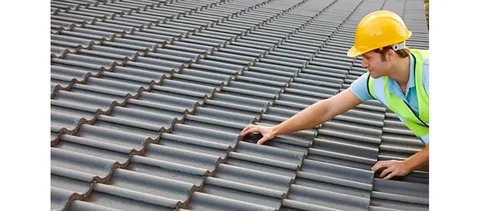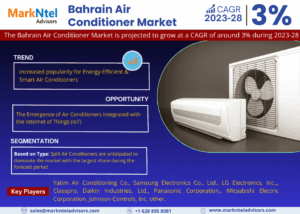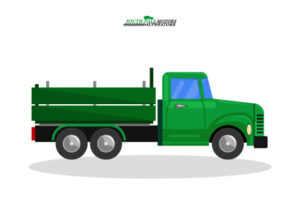When it comes to maintaining the integrity of a commercial property, few investments are as significant—and potentially costly—as replacing a roof. Whether your business occupies an office building, warehouse, retail center, or industrial facility, the cost of commercial roof replacement is a major factor to consider in your maintenance budget.
In this blog, we’ll break down everything you need to know about commercial roof replacement costs: what factors influence pricing, types of roofing systems, average costs per square foot, and tips for minimizing expenses while maximizing value.
Why Roof Replacement Matters
A commercial roof doesn’t just keep the rain out—it plays a vital role in energy efficiency, structural safety, and the long-term value of your property. Over time, exposure to harsh weather, UV rays, and general wear and tear can lead to leaks, insulation failure, and mold growth. When repairs are no longer sufficient, replacement becomes the only viable solution.
Failing to replace a compromised roof in a timely manner can result in significant damage to the building’s interior, operations, and inventory. That’s why understanding the full scope of the cost involved is so important.
Key Factors Affecting Commercial Roof Replacement Cost
1. Roof Size and Complexity
The most obvious factor influencing cost is the size of your roof. Commercial buildings can range from a few thousand to hundreds of thousands of square feet. The larger the area, the more materials and labor will be required.
Complexity matters too. Roofs with multiple levels, penetrations (like HVAC units or skylights), or unusual shapes may cost more due to the additional labor involved.
2. Type of Roofing Material
Different roofing systems come with different price points. Common commercial roofing materials include:
-
TPO (Thermoplastic Polyolefin) – Popular for flat roofs. Cost-effective and energy-efficient.
-
EPDM (Ethylene Propylene Diene Monomer) – A durable rubber roofing option.
-
PVC (Polyvinyl Chloride) – Known for strength and chemical resistance.
-
Built-Up Roofing (BUR) – Layers of tar and gravel; very durable.
-
Metal Roofing – Long-lasting and energy-efficient, but more expensive upfront.
Each material varies in lifespan, durability, and insulation capabilities—all of which influence the final cost.
3. Tear-Off vs. Overlay
Are you removing the old roof completely (tear-off), or adding a new layer over it (overlay)? Tear-offs cost more due to labor and disposal fees but may be necessary if the current roof is damaged or if code requires it.
4. Building Height and Accessibility
Higher buildings or those in congested areas may require additional safety measures, cranes, or specialized equipment. Difficult access also adds to labor time and cost.
5. Insulation Requirements
Modern building codes may require upgrades to insulation, especially if a full replacement is done. The type and thickness of insulation can add significantly to the overall price.
6. Permits and Local Codes
Roofing projects typically require permits. Fees and regulations vary depending on your location, and compliance with local building codes can also impact labor and materials.
7. Warranty and Contractor Experience
Warranties add value but may raise costs. Choosing a highly reputable contractor might cost more upfront but ensures quality workmanship and fewer issues down the road.
Average Cost Per Square Foot for Commercial Roof Replacement
Let’s get down to numbers. While prices fluctuate based on the factors above, here are some general averages for commercial roof replacement in 2024:
| Roofing Type | Cost per Square Foot (USD) |
|---|---|
| TPO | $4.00 – $10.00 |
| EPDM | $4.50 – $12.00 |
| PVC | $5.00 – $13.00 |
| BUR | $5.50 – $12.00 |
| Metal Roofing | $7.00 – $14.00 |
So, for example, if you have a 20,000 sq ft building and opt for TPO roofing at $6/sq ft, your total cost would be approximately $120,000.
Keep in mind that this does not include costs for potential tear-off, permits, or insulation upgrades.
Hidden Costs to Watch Out For
-
Water Damage – If water has penetrated under your roof, repairing or replacing structural elements like decking can add to your expenses.
-
Weather Delays – Roofing jobs delayed by rain, snow, or wind may incur additional labor costs.
-
Waste Disposal – Disposing of old roofing materials can be expensive, especially for large buildings.
-
Business Downtime – If operations are disrupted during the replacement, this can affect your bottom line.
Cost-Saving Tips for Commercial Roof Replacement
1. Plan Ahead
Emergency roof replacements cost more due to urgency. Proactively planning for replacement allows time to get competitive bids, negotiate better deals, and avoid seasonal price spikes.
2. Regular Inspections
Routine inspections (at least twice a year) can help identify problems early, possibly allowing for repairs rather than a full replacement.
3. Choose the Right Contractor
Don’t just go with the lowest bid. A reputable contractor may charge more, but they’re more likely to use quality materials, follow safety codes, and offer robust warranties—saving you money in the long term.
4. Explore Financing Options
Some contractors offer financing or leasing programs that let you spread costs over time. You can also look into tax incentives or rebates for installing energy-efficient roofs.
5. Energy-Efficient Materials
Investing in reflective or cool roofing systems may qualify for energy rebates and reduce long-term HVAC costs.
When Should You Replace Your Commercial Roof?
Here are a few signs it might be time:
-
Persistent leaks despite frequent repairs
-
Water pooling on flat roof areas
-
Visible cracks, blistering, or bubbling
-
Roofing material is past its expected lifespan
-
Rising energy bills due to poor insulation
-
Safety concerns due to roof sagging or structural weakness
A professional roof inspection will help you determine if a replacement is necessary or if repairs can buy you more time.
Final Thoughts
Commercial roof replacement is a major undertaking, but it’s also a smart investment in the longevity and performance of your property. Understanding the factors that influence cost helps you budget wisely and avoid surprises.
From choosing the right materials to selecting a qualified contractor, every decision plays a role in the final price—and in how well your new roof performs over the next 20 to 30 years. While the upfront cost might seem high, the long-term benefits in energy savings, safety, and property value make it well worth the investment.






